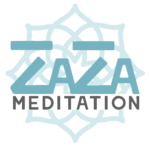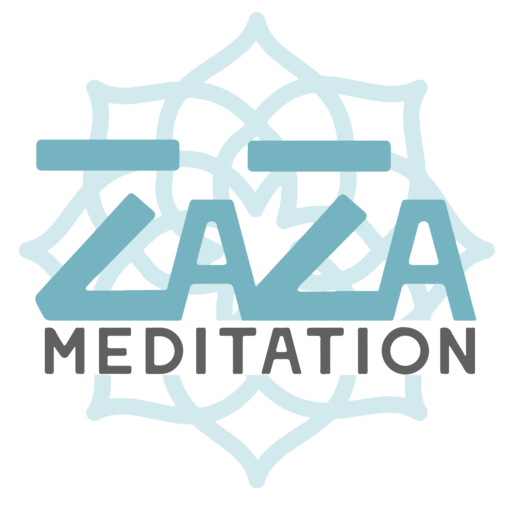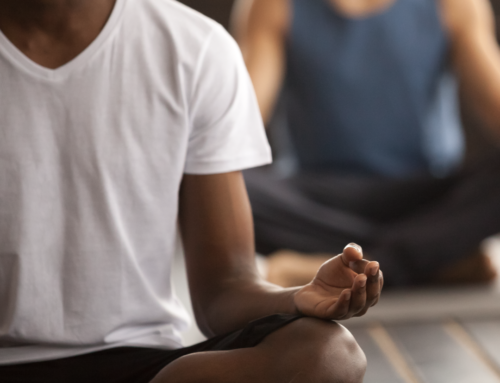There is no right way to meditate but posture is crucial for good practice. The 7-point meditation posture is a popular Buddhist practice. You’ll often see the Buddha represented in this very position, employing the seven points of Vairocana. So what is the 7-point meditation posture? Read on and find out…
The 7-Point Meditation Posture:
The 7-point meditation posture follows—you guessed it—seven guidelines to ensure proper body position. The 7-point meditation posture requires meditation in a seated position. If you find sitting on the floor uncomfortable, invest in a zafu meditation cushion. A meditation pillow offers you comfort and support and helps you remain consistent with your practice.
1st Point of Posture – Sitting
How you sit depends on your flexibility. If you’re a beginner, you probably won’t start in full lotus. Sitting cross-legged is just fine. If sitting cross-legged is too uncomfortable, even with a cushion, you may need to kneel or sit in a chair. What’s most important is to choose a position that’s comfortable so you can focus on meditating. Click here to check out our article on finding the right meditation position. (link to position blog)
2nd Point of Posture – Spine
No matter the seated position you’ve chosen, your spine needs to be aligned. Imagine a rod through the top of your head straight down to your bottom. Root yourself with each exhale. Lift your torso and lengthen your spine with every inhale. Feel that line of energy traveling from the base of your spine to the crown of your head.
3rd Point of Posture – Hands
Whether you rest your hand palms up or palms down is up to you. Either way, rest your hands on your thighs. Placing your hands palms down is believed to be more grounding and relaxing. Palms up is believed to generate more heat and energy. You can also try stacking the hands in your lap by placing your right hand on top of the left with thumbs touching.
4th Point of Posture – Shoulders
We carry a great deal of stress in our shoulders, so shoulder position is important. Relax the muscles in your shoulders. Your shoulders should be drawn slightly back and down—away from your ears. This keeps your heart center open. During your meditation, check in with your posture from time to time and make corrections if needed.
5th Point of Posture – Chin
Tuck your chin slightly but maintain the length in the back of your neck. You don’t want your chin tucked so far that you’re looking down. But you also don’t want to be looking upwards, as this gets tiring. Correct chin position helps maintain proper posture. And don’t forget to keep your face relaxed.
6th Point of Posture – Jaw
Many of us clench our jaws when we’re under stress. Loosen up your jaw before meditation. Try yawning and stretching the jaw. Then, press your tongue to the roof of your mouth. This both relaxes the jaw for clear breathing and slows down swallowing. You may even find it helpful to keep your jaw slightly open.
7th Point of Posture – Gaze
Whether you choose to meditate with the eyes open or closed is up to you but make the choice before meditating. Switching back and forth can disrupt the flow of your practice. Some people find they can only meditate with eyes closed but know this can lead to more thoughts and daydreaming…or sleeping. Meditating with the eyes open sets the intention that we are observing ourselves in the world in the moment. Just maintain a loose gaze on the floor a few feet in front of you. Keep your face relaxed and try not to squint.
At Zaza Meditation, we believe the world is a better place when we each practice mindfulness. Visit our site for useful tips & articles and high-quality meditation products.




